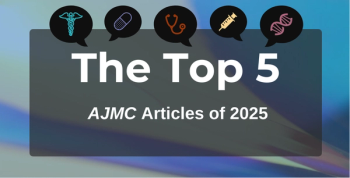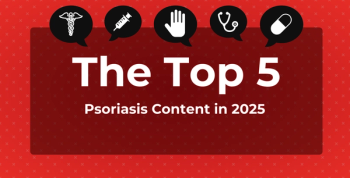
Stress Echo Reveals Hidden Risks in Asymptomatic Hypertrophic Cardiomyopathy
Key Takeaways
- Treadmill stress echocardiography (TSE) reveals hidden physiologic limitations in patients with asymptomatic hypertrophic cardiomyopathy (HCM), aiding in diagnosis and prognosis.
- Many patients with asymptomatic HCM show reduced exercise capacity, with 37% not reaching 85% of age- and gender-predicted metabolic equivalents (METs).
Long-term data suggest stress echocardiography can uncover impaired exercise capacity and predict worse outcomes in patients.
As more adults with
Researchers analyzed 1126 adults deemed New York Heart Association (NYHA) class I from a tertiary referral center between 2002 and 2018. All underwent resting and symptom-limited TSE with assessments of metabolic equivalents (METs), percentage of age- and gender-predicted METs (%AGP-METs), and peak left ventricular outflow tract gradients. The primary outcome was a composite of all-cause mortality, appropriate internal cardioverter-defibrillator (ICD) shock, or cardiac transplantation. Findings were presented at the
Many Asymptomatic Patients Show Reduced Exercise Capacity
Despite thorough clinical evaluation confirming NYHA class I status, 37% of adults did not reach 85% of their age- and gender-predicted METs, indicating lower-than-expected functional capacity. Obstructive HCM (oHCM)—defined by a left ventricular outflow tract (LVOT) gradient ≥ 30 mm Hg—was present in 656 patients, many of whom demonstrated more severe underlying disease at baseline, including greater left ventricular wall thickness and more mitral regurgitation. These individuals achieved fewer METs and lower %AGP-METs compared with patients with nonobstructive HCM (nHCM).
Over a mean follow-up of 12.9 years, there were 200 composite events (18%), including 173 deaths, 23 ICD discharges, and 7 transplants. After a mean of 988 days, 190 patients eventually underwent myectomy. Reduced exercise performance emerged as a meaningful risk marker. Patients who reached at least 85% of AGP-METs had significantly better survival than those who did not, with event rates of 16% vs 20% (P = .004).1
Phenotype also played a critical role. Patients with nHCM or oHCM who underwent myectomy had significantly better long-term freedom from composite events, occurring in 14% of each group, compared with patients with oHCM who did not undergo myectomy (23%; P = .004).
“In conclusion, asymptomatic HCM patients require careful evaluation to identify obstructive physiology and ascertain true asymptomatic status,” researchers concluded. “This may potentially help optimize the timing of therapeutic interventions, whether preemptively or at the onset of early symptoms. However, the present observational data are only hypothesis generating and need prospective validation.”
Stress Echocardiography Helps Confirm Asymptomatic Status
The findings underscore that physiologic assessment may uncover hidden limitations, helping clinicians determine whether patients are genuinely asymptomatic or if their functional impairment is being overlooked. According to the authors, this study builds on earlier work showing that persistent LVOT obstruction and progressive cardiomyopathy can remain clinically silent for years but still confer elevated risks. In this analysis, TSE played a central role in clarifying the severity of obstruction, identifying dynamic physiologic changes, and informing clinical decisions.
“TSE provides incremental diagnostic and prognostic value by delineating obstructive HCM physiology and ascertaining true asymptomatic status while aiding optimal timing of therapeutic interventions,” the authors wrote.1
The study’s generalizability is limited by its retrospective design with a single high-volume center, but the large cohort and long-term follow-up strengthen the evidence that exercise capacity and obstructive physiology meaningfully influence outcomes, even in patients who appear well.2
References
- Sultana S, Jadam S, Abusafia M, et al. Characteristics and long-term outcomes of asymptomatic patients with hypertrophic cardiomyopathy undergoing treadmill stress echocardiography. Presented at: AHA 2025 Scientific Sessions; November 7, 2025; New Orleans, LA.
https://www.ahajournals.org/doi/10.1161/circ.152.suppl_3.4359092 - Jadam S, Abusafia M, Sultana S, et al. Characteristics and long-term outcomes of asymptomatic patients with hypertrophic cardiomyopathy. J Am Coll Cardiol. Published online August 27, 2025. doi:10.1016/j.jacc.2025.08.013
Newsletter
Stay ahead of policy, cost, and value—subscribe to AJMC for expert insights at the intersection of clinical care and health economics.








































